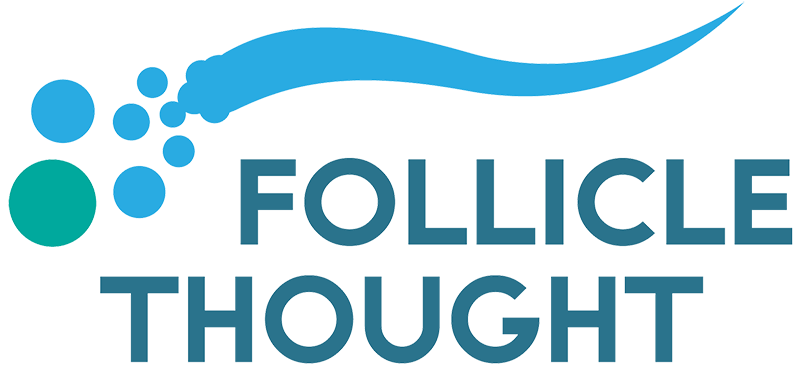Inmagene Biopharmaceuticals Announces Positive Phase 2a Trial Results for IMG-007 in Alopecia Areata
Inmagene Biopharmaceuticals, a clinical-stage company focused on immunological and inflammatory diseases, has announced topline results from its Phase 2a clinical study of IMG-007 in patients with severe alopecia areata.
What Is Inmagene Biopharmaceuticals?
Inmagene Biopharmaceuticals was founded to advance therapies targeting immune-mediated and inflammatory conditions. The company develops novel monoclonal antibodies and small molecules, aiming to address diseases with significant unmet needs.
In addition to IMG-007 for alopecia areata, Inmagene is advancing a pipeline of immune-focused therapies for conditions such as atopic dermatitis and other dermatological and rheumatological disorders. Their development model emphasizes precision immunology and long-acting biologic agents with improved safety profiles. We previously wrote about Inmagene in May 2024 when they completed enrollment for their Phase 2a study.
What Is IMG-007?
IMG-007 is a humanized IgG1 monoclonal antibody that targets OX40, a receptor involved in T cell activation—a key driver of inflammatory and autoimmune responses implicated in alopecia areata. Unlike traditional OX40-targeting agents, IMG-007 is designed as a non-depleting antibody, meaning it silences immune activation without destroying T cells. It also features extended half-life properties to maintain durable effects with limited dosing. Administered subcutaneously, IMG-007 aims to suppress pathological immune signals while avoiding the side effects often seen with broader immunosuppressants.
Trial Design
The Phase 2a study (NCT06060977) was a multiple ascending dose trial conducted across 11 sites in the United States and Canada. It enrolled 29 adults with severe alopecia areata, defined as ≥50% scalp hair loss measured by the Severity of Alopecia Tool (SALT) score.
Participants were divided into two cohorts:
- Cohort 1 (n=6) received 300 mg intravenous doses at baseline, week 2, and week 4.
- Cohort 2 (n=23) received 600 mg doses on the same schedule.
Subjects were followed up to 24 weeks, with 16 individuals from Cohort 2 continuing through 36 weeks.
Biopsies of lesional and non-lesional scalp were collected at baseline and week 16 to assess inflammatory biomarkers, alongside regular SALT score evaluations to measure clinical response.
Key Results
- Dose-Dependent Response:
Cohort 1 (300 mg) showed minimal improvement, with only a 1.1% SALT score reduction at 24 weeks. In contrast, Cohort 2 (600 mg) demonstrated a 14.3% reduction at 24 weeks, further improving to 21.7% by 36 weeks.
- Durable Improvement:
SALT score reductions in Cohort 2 did not plateau at week 36, suggesting ongoing clinical benefit.
- Clinical Milestones:
25% of patients in Cohort 2 achieved a ≥30% reduction in SALT scores by week 36.
- Inflammatory Marker Suppression:
Biopsy analysis showed significant suppression of Th1, Th2, and CD8+ T cell-associated inflammation after treatment.
- Safety Profile:
IMG-007 was well-tolerated, with no serious adverse events (SAEs). Most adverse events were mild to moderate, the most common being headaches (13.8%), nasopharyngitis (10.3%), hypertension (6.9%), and streptococcal infections (6.9%). There were no reports of fever or chills.
Reflections
These early Phase 2a results for IMG-007 are promising, showing a dose-dependent, durable, and safe response in patients with severe alopecia areata. However, important questions remain:
Magnitude of Response: Will deeper and more widespread regrowth be observed with longer follow-up or adjusted dosing schedules?
Patient Subsets: How well does IMG-007 perform across different severities and durations of alopecia areata?
Comparison to Other Treatments: Future studies will need to evaluate how IMG-007 stacks up against other emerging therapies such as JAK inhibitors, which are increasingly used in alopecia areata.
Ultimately, these findings support the idea that blocking OX40 signaling could represent a novel and differentiated strategy for treating AA. However, we won’t know the clinical outcomes until we can see images of treated patients. We look forward to further results from this trial and future trials.
Let us know your thoughts about this new potential treatment option in the comments below!
Posted in Alopecia Areata, Alopecia Pipeline, Inmagene


World will end but these clinical trials for hairloss will never end
This is such great news! So praying for a healing outcome for many people who have lost their hair.
This is such great news! So praying for a healing outcome for many people who have lost their hair.